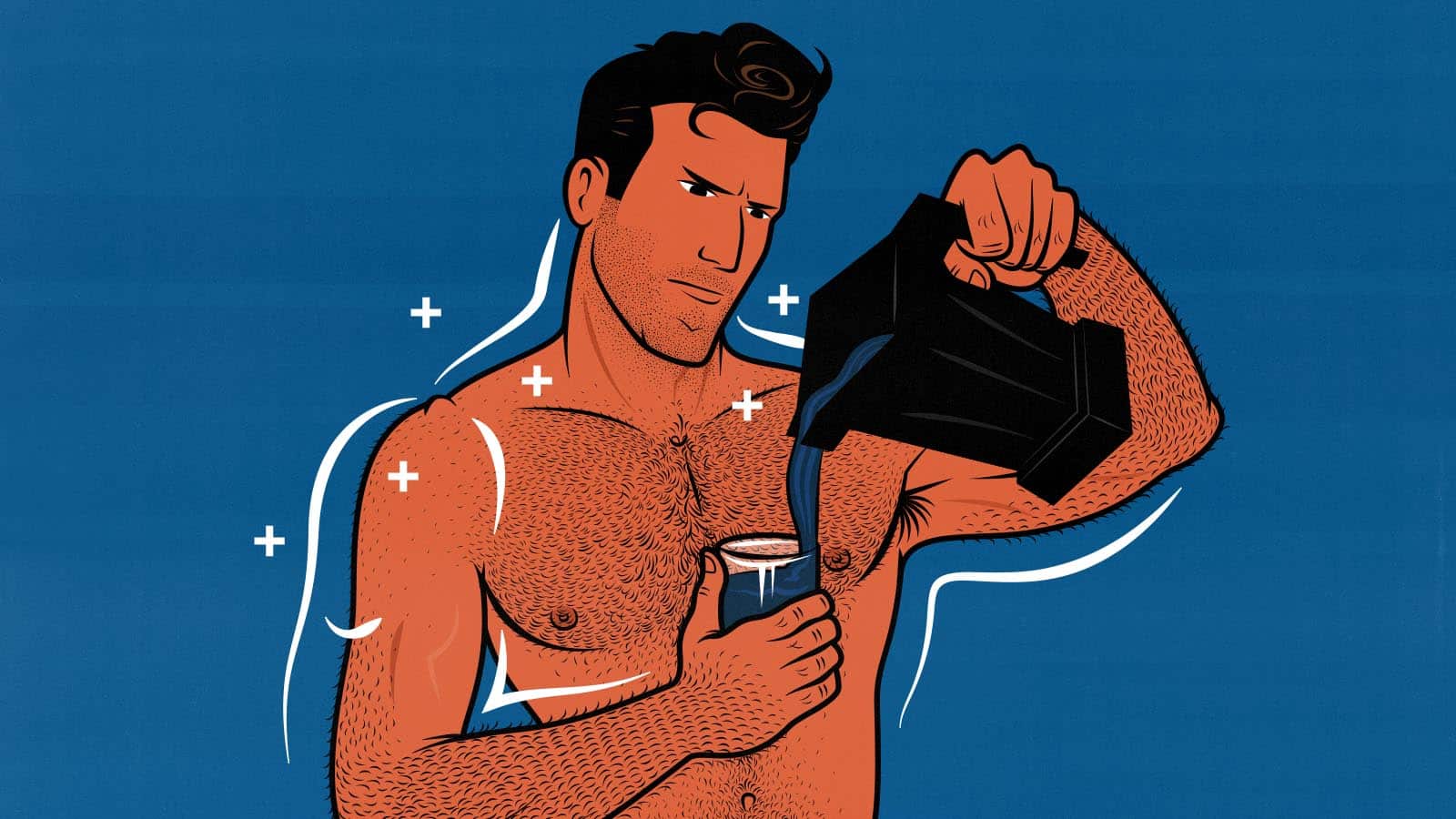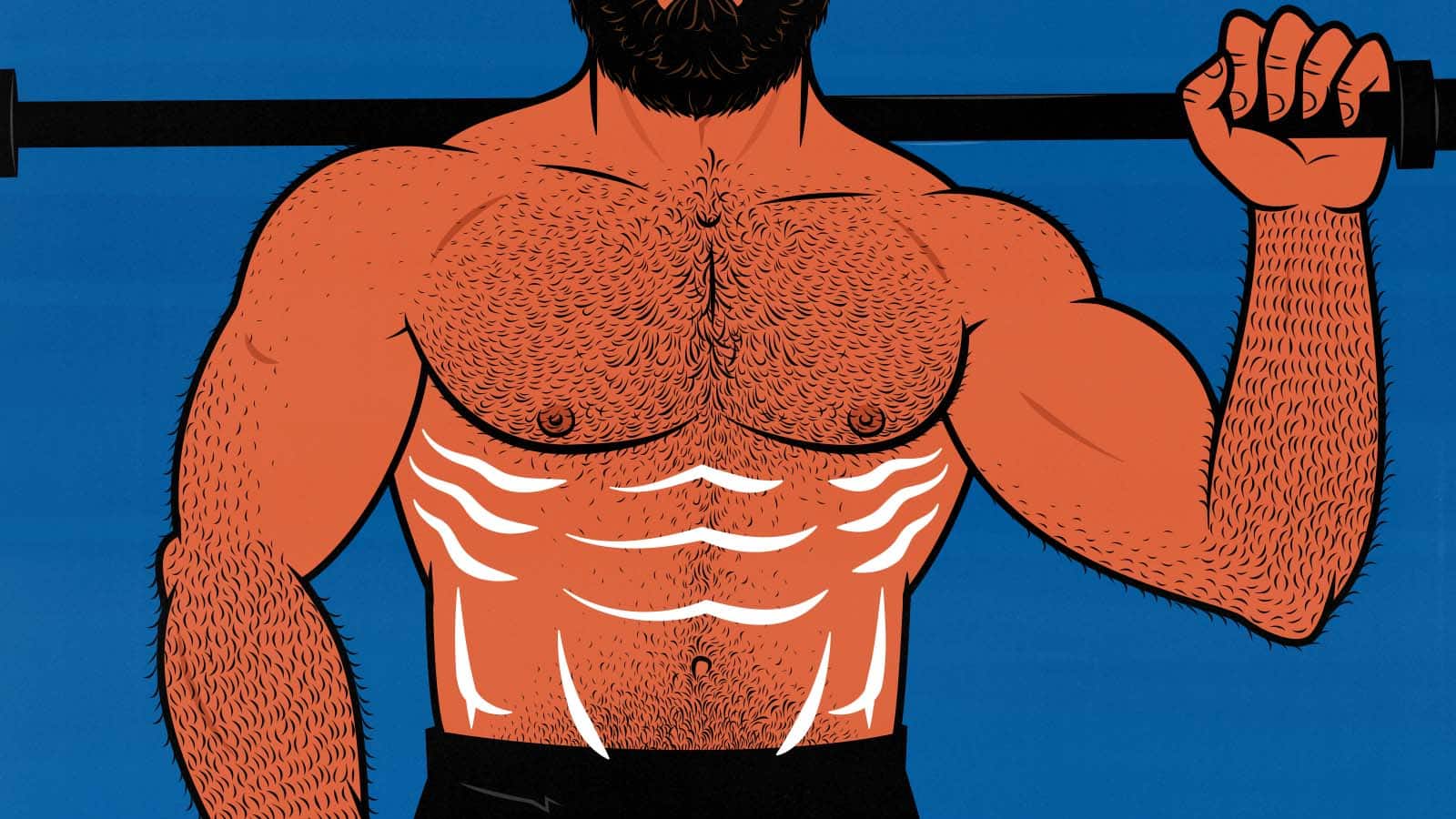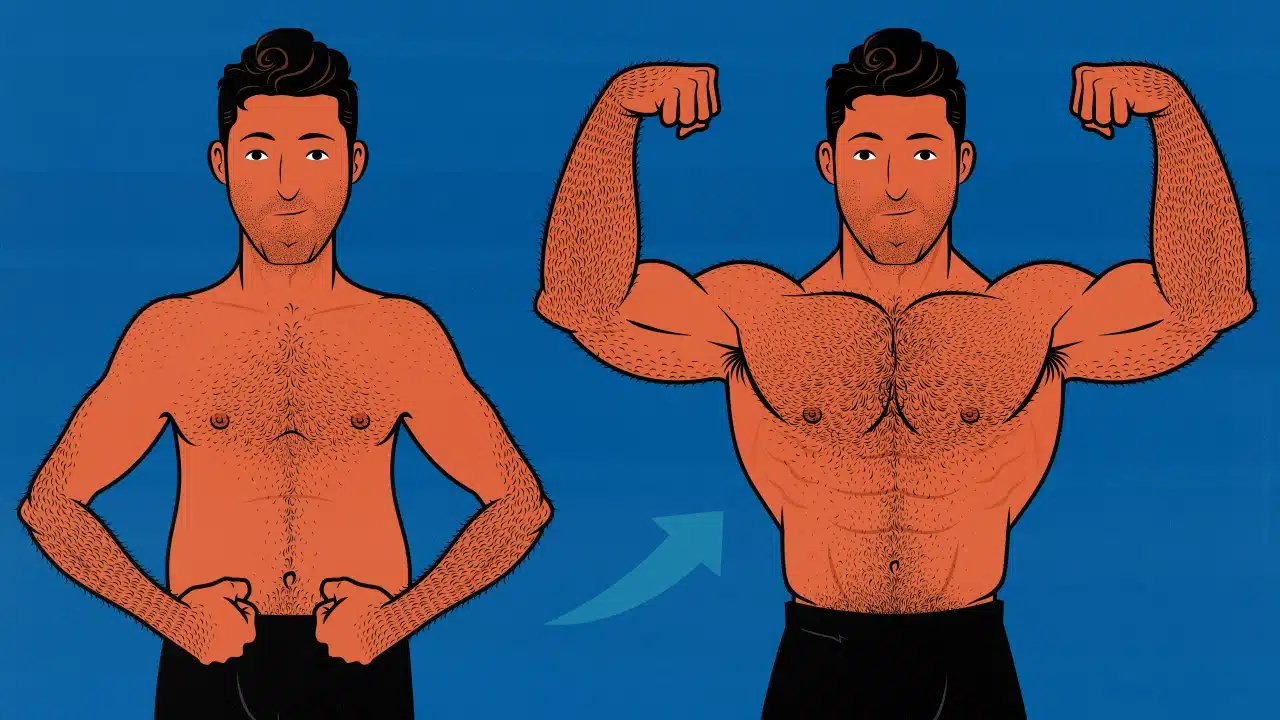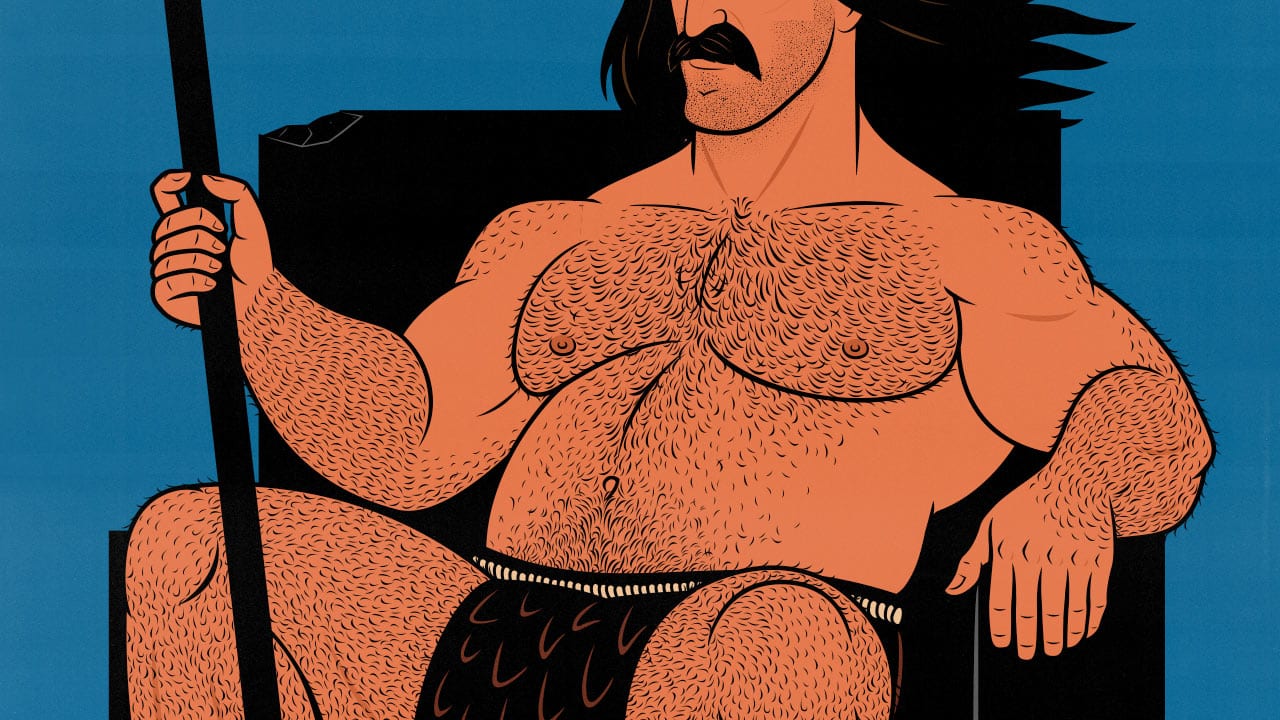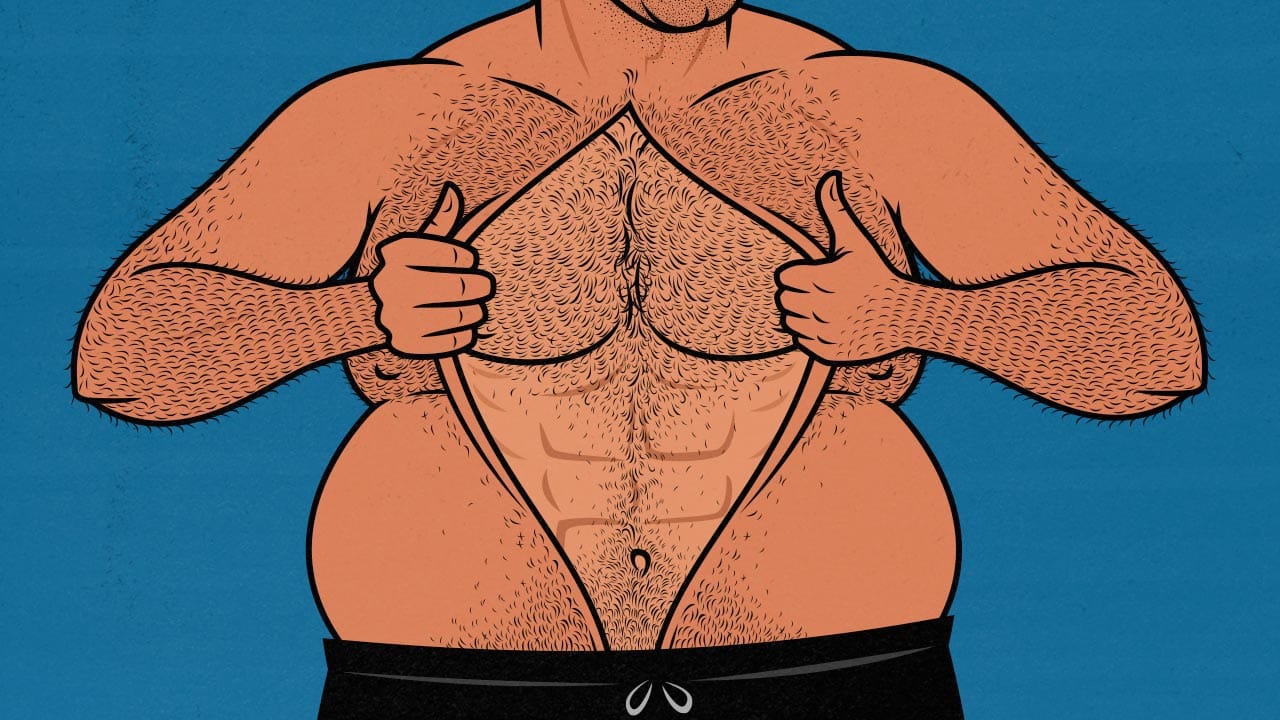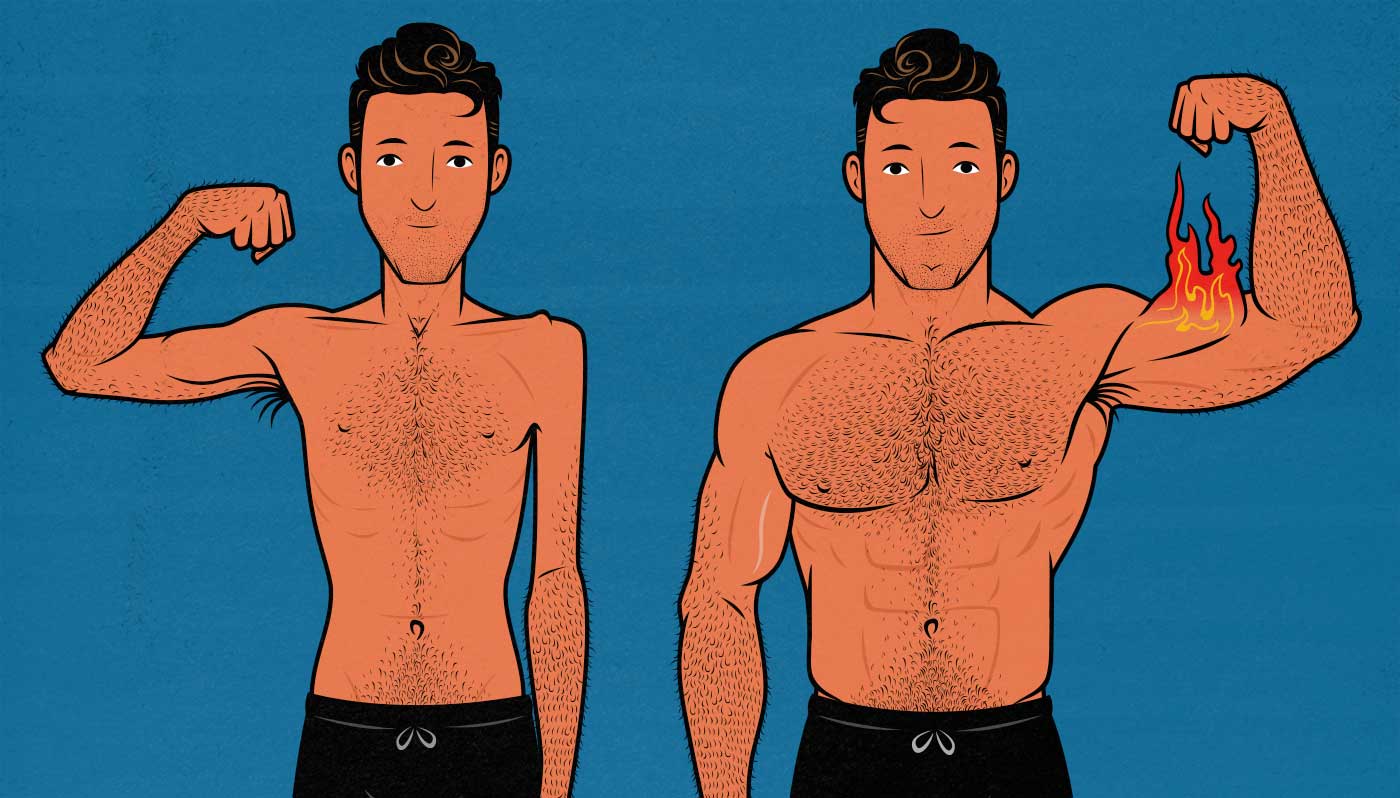Cutting
Do Smoothies Cause Weight Gain?
Most research shows that calories are less filling when you drink them, making it easier to gain weight (systematic review). Maybe that’s because you don’t need to chew, you don’t spend as long eating, and the food doesn’t stay in your stomach as long (study, study, study).
Smoothies aren’t like soda and juice, though. They’re made by blending nutritious whole foods. For example, when you blend fruits with seeds in them (like berries), you release more of the fibre, slowing digestion and blunting the blood sugar response (study). Perhaps that keeps you feeling full for longer, causing you to eat fewer calories.
Also, before going into the research, I should note that there’s nothing fattening or unhealthy about smoothies. Smoothies can be incredibly nutritious. Blending up food doesn’t make it more likely to be stored as fat, but it might make us more likely to eat more food, tipping us into a calorie surplus.
Read MoreHow to Cut After Bulking
There’s a long tradition of bulking up and then cutting away the fat. It’s popular with all types of lifters, from bodybuilders to powerlifters, because it’s the most reliable way to build muscle and then get lean. Body recomposition and maingaining can also work well, for a time, but bulking and cutting are more powerful.
I’ve bulked and cut a few times, gaining 70 pounds at the same body fat percentage I started at. I’ve also helped a few thousand clients do it over the past decade. I’ll show you the before-and-after photos below.
Before we start, you probably have some questions. So, let’s blast through the most common ones:
- Maintenance periods after bulking to “lock in” your muscle mass. The idea is that it takes a few weeks or months for your new muscle to cement into place. So, by delaying your cut, you’d keep more of your hard-earned muscle. There’s no evidence for this, and it probably isn’t necessary.
- High-rep sets to focus on muscle definition. The idea is to switch from 6–12 reps per set to 15–30 reps. This was thought to give greater muscle definition. Both rep ranges are great for stimulating muscle growth, but high-rep sets can be absolutely miserable, especially when you aren’t eating as much food to fuel your workouts.
- Short rest periods. The idea is to use shorter rest periods to boost growth hormone, improving muscle growth and retention. The “hormone hypothesis” of muscle growth was mostly debunked, but short rest times can be effective if you program them properly.
- More ab training. Bodybuilders used to think you could train your abs to burn more ab fat (spot reduction). That myth died a decade ago. You could still train your abs to build bigger abs, but cutting makes it harder to build muscle, so you’d get even better results by training your abs while bulking.
- Shorter workouts to match your lower energy levels. When you’re cutting, you’re eating less food, so you have less energy. That can make it harder to survive big bulking workouts. Thus, cutting workouts are often shorter and easier. That makes sense, but it’s tricky, so we’ll talk about the pros and cons below.
- Long walks to burn fat faster. Cardio burns far more calories than lifting weights, making it easier to lose weight. Plus, most cardio adaptations are enhanced by losing weight. You can finish your cut with a higher VO2 max, a lower resting heart rate, and better performance.
- Cutting carbs (and ketogenic diets). The idea is that carbs are good for building muscle (true) but make it harder to lose fat (not true). Carbs are just as powerful while cutting. However, when you cut calories, you need to cut back on something. It’s usually best to cut back on both carbs and fat, but some people find it easier to lose weight on low-carb diets.
- Carb cycling. Some bodybuilders try to get the best of both worlds, eating low-carb diets on rest days, but eating more carbs in the meals before and after their workouts. That way, they show up to the gym with full muscles and higher energy levels. There’s some evidence to support this. Even the taste of carbs improves workout performance (study, study). It’s a good option to consider.
- Intermittent fasting. About a decade ago, bodybuilders started eating fewer meals instead of smaller meals because they thought it would improve their growth hormone production. That didn’t pan out, but intermittent fasting might help you control your appetite. It’s an option.
- Refeeds to revive your metabolism. Refeeds can give you a psychological break, and they might boost your metabolism a little bit during the refeed, but your metabolism will wither away again when you go back to cutting (meta-analysis). The best way to keep your metabolism high is to keep your activity levels high. More on that below.
We can keep the best methods, get rid of the worst ones, and build them into a balanced cutting routine.
Read MoreThe Skinny Fat Workout & Diet Guide
Skinny fat is when you’re overfat but undermuscled, giving you a normal BMI but an unhealthy body composition. It’s when you’re not quite fat but not quite skinny, either.
The good news is you aren’t overeating or undereating, so you won’t need to force yourself to eat more food (bulking) or less food (cutting). That’s the hardest part of any physique transformation. You don’t need to worry about that. Not yet, anyway.
Instead, the best way to get rid of skinny fatness is to improve your nutrient partitioning. You need body recomposition. There are a few methods that can help with that: following a good workout program, eating a good diet, living a good lifestyle, and getting enough good sleep. Each can work on its own, but combining them all together works much better.
Read MoreA Beginner’s Guide to Bulking & Cutting
Bulking and cutting are key terms in the muscle-building industry. Bulking is when you gain weight to facilitate muscle growth. Cutting is when you lose weight to burn fat. Some people do them in sequence, bulking, then cutting, and then bulking again.
Bulking is controversial, and understandably so. The average person is already overweight. They don’t need to gain even more weight. However, if you’re skinny, thin, lean, or in good shape, bulking is by far the most effective way to gain muscle and strength.
Cutting is less controversial. Most people have extra fat, and cutting is the best way to burn it. It’s a great first step for the average beginner. However, many seasoned lifters get distracted by trying to maintain overly lean body-fat percentages.
The main concern is that you could get stuck in an endless cycle of bulking and cutting seasons, bulking until you become overweight, cutting until you wither away, and then going back to bulking. This is especially worrisome for “skinny-fat” people who already feel too thin and fat.
We have solutions for all these issues.
Read MoreThe Cutting Guide: How to Burn Fat While Building A Bit of Muscle
Cutting is when you burn fat while keeping your muscle. You may even be able to gain a bit of muscle while cutting, especially if you’re overweight, out of shape, or new to lifting weights.
- Bulking: eating excess energy to gain weight and facilitate muscle growth.
- Cutting: eating in an energy deficit to lose weight and facilitate fat loss.
Whether you’re bulking or cutting, the goal is to be strong, muscular, lean, and healthy. That means you need to focus on hypertrophy training, eating a good diet, getting enough sleep, being active, and living a healthy lifestyle. That will mitigate muscle loss, keep your bones and tendons strong, mobilize “stubborn” fat, and keep you healthy.
What sets cutting apart from bulking is that your primary goal is to lose fat. The best way to lose fat is to eat less energy than you’re burning, forcing your body to burn body fat to supply the missing energy. This is called a calorie deficit. Eating fewer calories is the easiest way to get into a calorie deficit, but you can also create a deficit by being active.
Let’s dive into the details.
Read MoreHow to Do a Lean Bulk
One of the most common bulking problems is gaining too much fat. For someone already muscular, gaining some fat makes them look beefy. Not a big deal. But for someone still fairly thin, it can make us look skinny fat. Better to do a lean bulk, right?
When you look up how to do a lean bulk, you’ll be told to gain weight very slowly—just a pound or so per month. You might hear about how you need to restrict certain foods or eat a cleaner diet. In some circumstances, that can help.
A better way to build muscle leanly is to stimulate more muscle growth. The more muscle growth you can stimulate, the more calories will be invested in lean mass, leaving fewer to spill over into fat storage. This is especially powerful for us skinny guys, given how quickly we can build muscle.
In this article, we’ll cover why people gain fat while bulking, how to gain muscle faster, how to minimize fat storage, and how to do a proper lean bulk.
Read More
